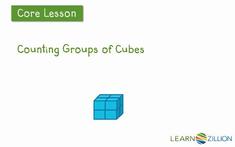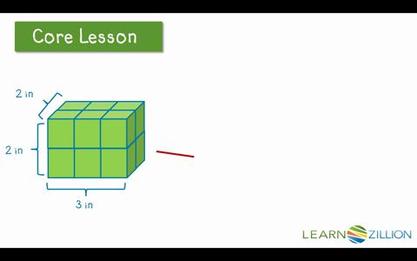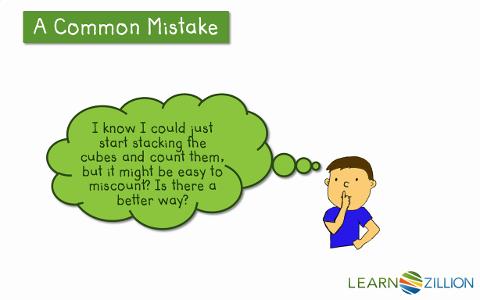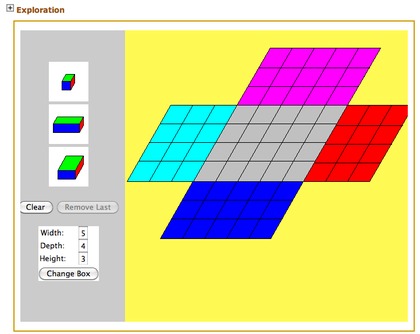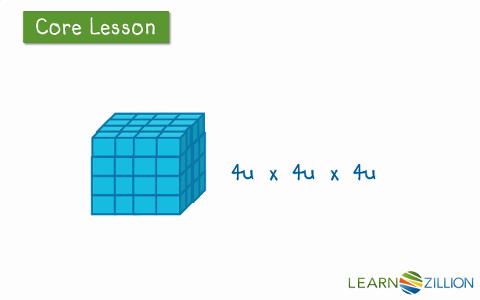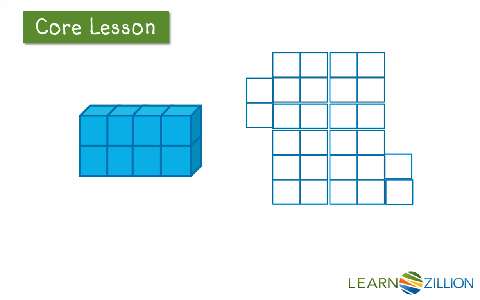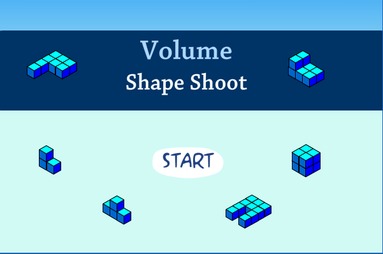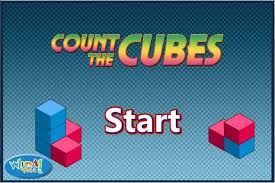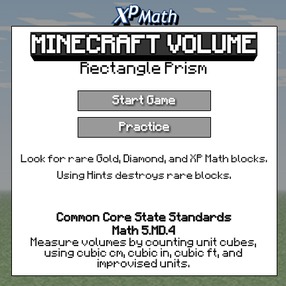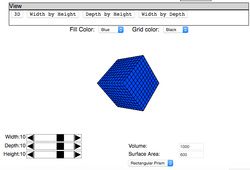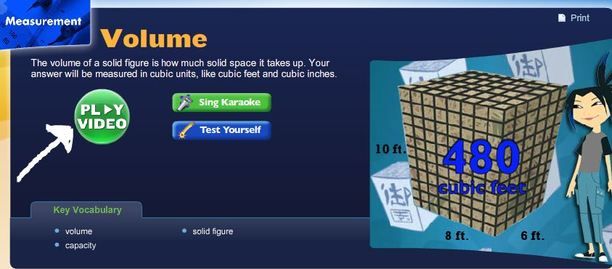Measure Volume
I can measure volume by counting unit cubes. 5.MD.4
5.MD.4. Measure volumes by counting unit cubes, using cubic cm, cubic in, cubic ft, and improvised units.
5.MD.4. Measure volumes by counting unit cubes, using cubic cm, cubic in, cubic ft, and improvised units.
|
Students understand that same sized cubic units are used to measure volume. They select appropriate units to measure volume. For example, they make a distinction between which units are more appropriate for measuring the volume of a gym and the volume of a box of books. They can also improvise a cubic unit using any unit as a length (e.g., the length of their pencil). Students can apply these ideas by filling containers with cubic units (wooden cubes) to find the volume. They may also use drawings or interactive computer software to simulate the same filling process.
|
